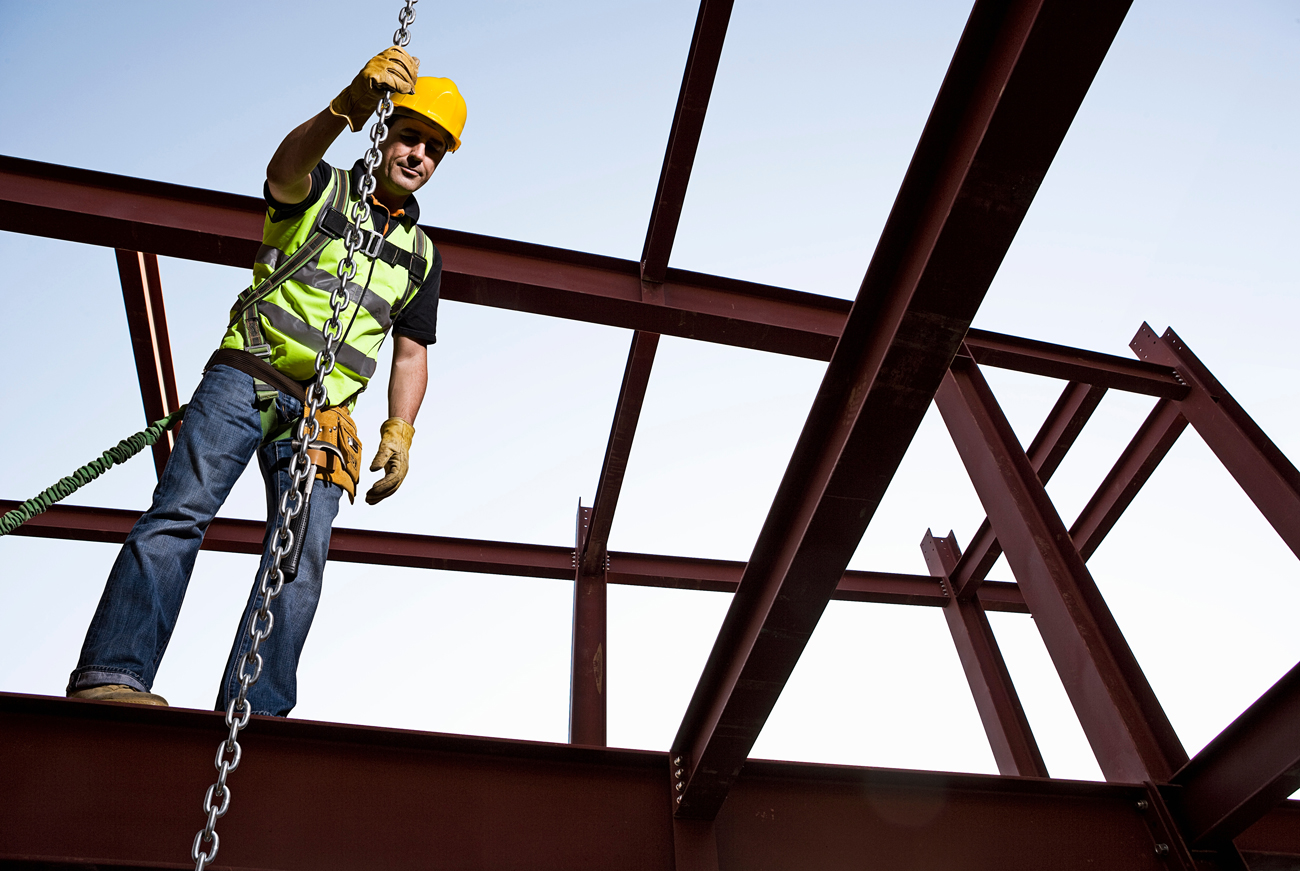SAFETY 1st


Safety first is crucial on construction sites for several reasons:
- Protection of Workers: Construction sites can be hazardous environments with various risks, such as falls, electrical hazards, machinery accidents, and exposure to harmful substances. Prioritizing safety ensures that workers are protected from potential injuries and accidents, reducing the likelihood of fatalities and serious harm.
- Legal and Regulatory Compliance: Governments and regulatory bodies have established strict safety regulations and standards for construction sites. Adhering to these regulations is not only a legal requirement but also helps companies avoid penalties, fines, and legal liabilities. Emphasizing safety first ensures compliance with these regulations and promotes a responsible and ethical work environment.
- Productivity and Efficiency: When safety protocols are properly implemented, they can enhance overall productivity and efficiency on construction sites. By minimizing the occurrence of accidents, injuries, and illnesses, workers can focus on their tasks without disruptions or delays. Additionally, a safe work environment boosts morale and motivation among workers, leading to increased productivity.
- Cost Reduction: Accidents and injuries result in significant financial costs for construction companies. This includes medical expenses, worker compensation claims, legal fees, and potential project delays. By prioritizing safety, companies can mitigate these costs, preserve their financial resources, and avoid negative impacts on project timelines and budgets.
- Reputation and Client Trust: Construction companies that prioritize safety demonstrate a commitment to the well-being of their workers and the communities they serve. This commitment enhances their reputation and builds trust with clients, employees, and stakeholders. Clients are more likely to choose companies with strong safety records, leading to increased business opportunities and long-term success.
- Risk Management: Prioritizing safety is a proactive approach to risk management. By identifying potential hazards, implementing safety measures, and providing proper training, companies can reduce the likelihood of accidents and associated risks. This protects both workers and the company from the financial, legal, and reputational consequences of accidents.
Overall, safety first on construction sites is vital to protect workers, comply with regulations, enhance productivity, reduce costs, build trust, and effectively manage risks. It is an essential aspect of responsible and successful construction operations.
